Reality check: Struggling to access clean water
Water scarcity affects more than 40% of the world’s population, an alarming statistic that is projected to increase with the rise of global temperatures as a result of climate change.
ENVIRONMENT
Following scattered showers, puddles have formed in depressions by the roadside in Kotido district in Karamoja sub-region in northeastern Uganda.
In one of these stagnant pools of water, two men are sponging their bodies while some women are busy doing laundry - in the same space. And yet that's not all. All the while, a group of children keep collecting water from this pool using plastic jerrycans, to carry back home presumably for domestic purposes including cooking and washing utensils.
Two elderly women are hunched over, scrubbing clothes from a heap on the side of the puddle. Just a few metres away, a small herd of skinny donkeys and cows stamp in the mud and lap the dirty water from the pond.
 Sharing the same water space in Karamoja
Sharing the same water space in Karamoja
In many parts of Uganda, safe water is still a rare commodity despite several efforts by Government, NGOs and other entities to make this right. Many have yet to have access to cleaner and safer water for daily consumption.
Many people have to trek miles to have at least a drop of clean water.
 MULTIPURPOSE: This pond in Pader serves a community
MULTIPURPOSE: This pond in Pader serves a community
Several studies have revealed that the burden of water scarcity falls mostly on women and children, who have to travel long distances carrying heavy loads. This, in turn, places them in the face of violence and abuse either along the way or at the water collection points.
Also, the time spent moving from point A to point B for water results in children missing valuable school time. Many girls have been reported to drop out of school as a result of this domestic responsibility.
Besides, this daily burden means women and children lose out on economic and educational opportunities, which affects their economic well-being and their families.
While universal access to clean water and sanitation is one of 17 global goals that make up the 2030 agenda for sustainable development, water scarcity affects more than 40% of the world's population.
This is an alarming statistic that is projected to increase with the rise of global temperatures as a result of climate change.
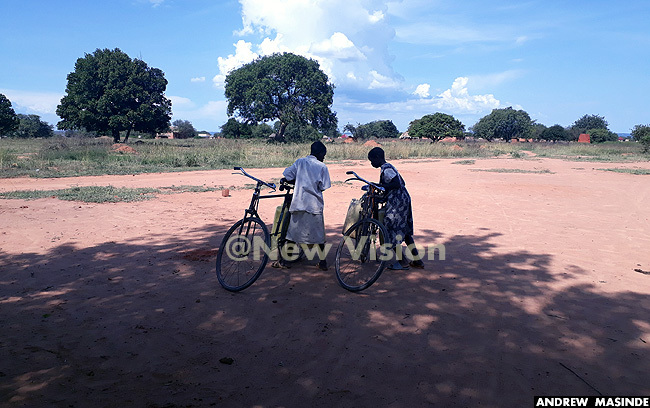 Doing all it takes to get water in Nakasongola district
Doing all it takes to get water in Nakasongola district
Although 2.1 billion people have gained access to improved water sanitation since 1990, dwindling supplies of safe drinking water is a major problem impacting every continent.
In 2011, 41 countries experienced water stress - 10 of which are close to depleting their supplies of renewable freshwater and must now rely on alternative sources.
According to the United Nations General Assembly in 2010, access to clean and safe water is recognised as a human right. Therefore, lack of access to water has a profound negative impact on many related human rights.
Although about 71% of the Earth's surface is covered by water, such abundance of this natural resource on the planet does not guarantee that water is readily available to everyone. Besides, it's one thing water being available and it's another being safe for human consumption.
Here in Uganda, moving through some districts reveals challenges faced by many Ugandans in the bid to access water.
In Abim district, lack of water is still a big challenge, hence people have to move long distances to get to the clean water.
Those who cannot manage to move far settle for dirty water in ponds and wells. It is common to see women and children desperately scooping stagnant water from puddles off the road.
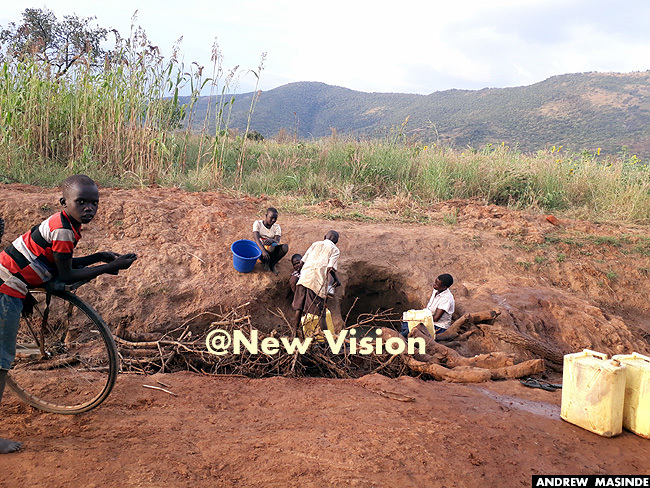 These residents in Abim fetching stagnant water at a roadside
These residents in Abim fetching stagnant water at a roadside
In Moroto district, also in Karamoja, people routinely walk long distances in search of water, yet most of it is dirty and contaminated. When you travel to a number of areas in Karamoja, it is common to chance on animals drinking dirty water out of wells.
In other parts while others are bathing in the stagnant pools of water, others are seen fetching the same water as others uses it for washing clothes and other utensils.
 In Kotido, these livestock have to settle for dirty water
In Kotido, these livestock have to settle for dirty water
In Sironko district, eastern Uganda, some villages are struggling with water access, forcing residents to move long distances into neighbouring Bukedea district to get the clean water.
In Mbale, also in the east, long queues for water are commonplace.
Along the Mbale-Kapchorwa Road in Namusi Town Council, long lines are seen along the road. Even here, those are not patient enough make do with dirty water in drying-up wells and streams.
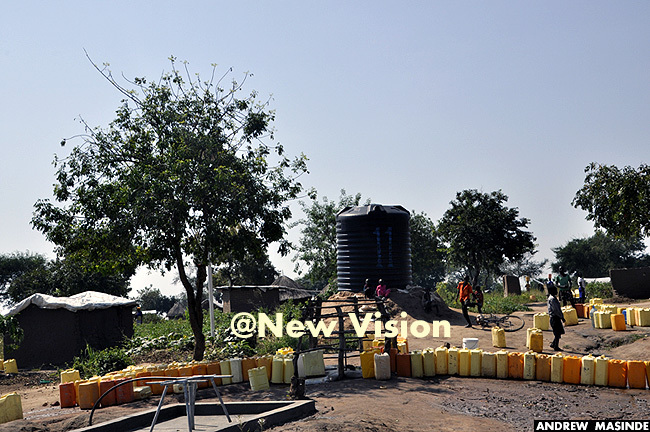 It is also similar long queues in Adjumani district, northern Uganda
It is also similar long queues in Adjumani district, northern Uganda
In Tororo district, although the water officer says the coverage is 68%, many people still walk long distances to quench their thirst.
In other areas, people settle for dirty pond water, putting their lives at a risk of getting infected with waterborne diseases.
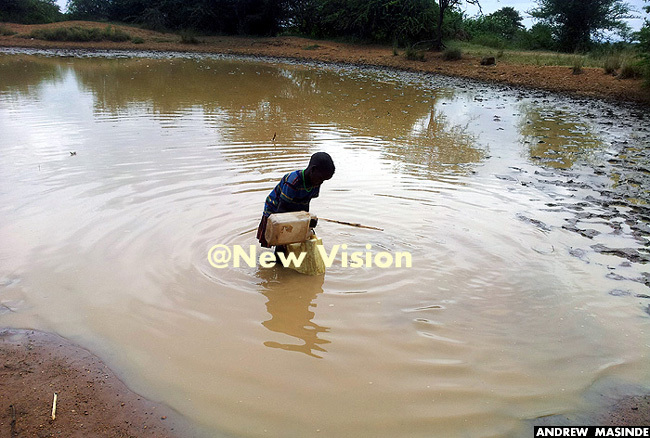 A young girl fetching dirty water from a stream in Moroto district
A young girl fetching dirty water from a stream in Moroto district
It is no different in Nakaseke district, central Uganda.
Children have gotten used to moving kilometres to find water for their families and schools from wells and boreholes. Some community members say the search for water has led to many pupils dropping out of school.
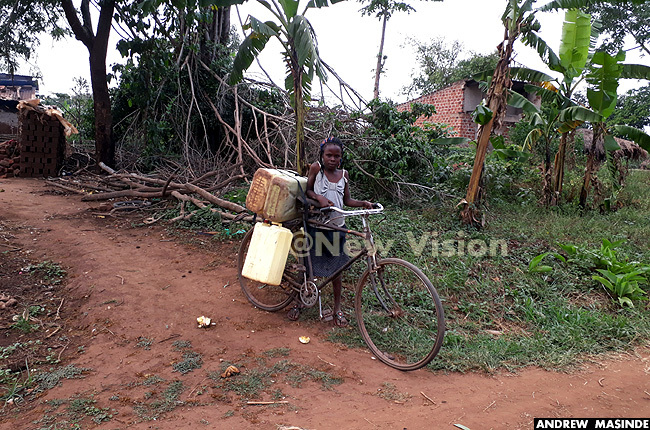 In Nakaseke, many children have to miss out on valuable school time
In Nakaseke, many children have to miss out on valuable school time
In Olivu Maracha village, Manibe sub-county in Arua district, one borehole serves close to 1,312 residents -- their lifeline.
According to Augustine Andrea, the chairman of the water user committee of the borehole, other water sources such as streams and spring wells have either dried up or have dirty water, which is shared with animals.
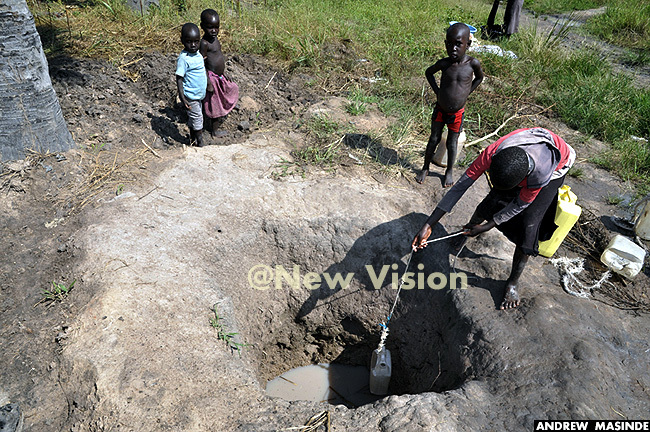 In Moyo district, children fetching water from a dirty well in Palorinya refugee settlement
In Moyo district, children fetching water from a dirty well in Palorinya refugee settlement
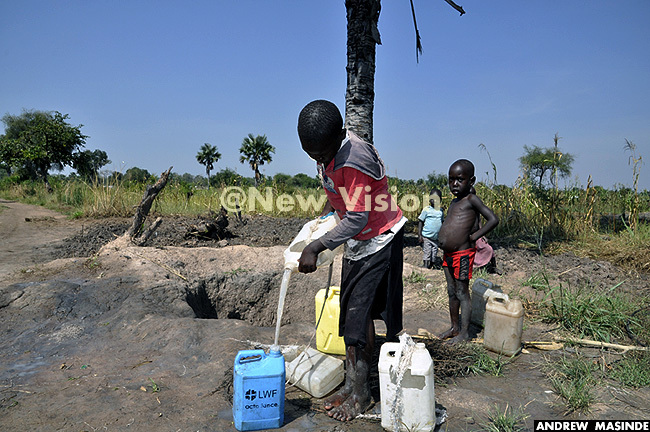
In refugee settlements, the situation is not pleasing either. Long queues are witnessed in various camps as women, the elderly and children seek the life-giving resource.
Refugees says they have to queue for hours while others have to trek kilometres to get dirty water from pools. They also say that water is also a reason why many schoolchildren skip classes.
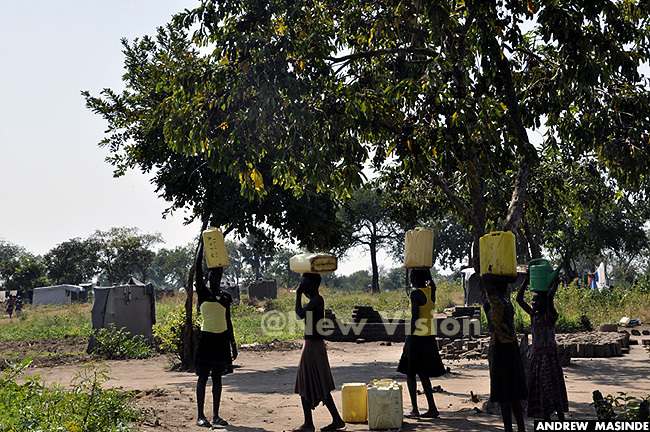 Getting to the source of water in Adjumani
Getting to the source of water in Adjumani
According to the State of the World's Water 2018, more than 23 million Ugandans are still unable to get clean water within a half-hour round trip.
According to the report, Uganda ranks third-lowest in access to water on premises or close to home, within a 30-minute round trip, with Papua New Guinea and Eritrea leading.
The poor are comparatively worse off, with only 35% having access to clean water close to home, while 72% of the wealthy do. Today 844 million people globally do not have clean water.
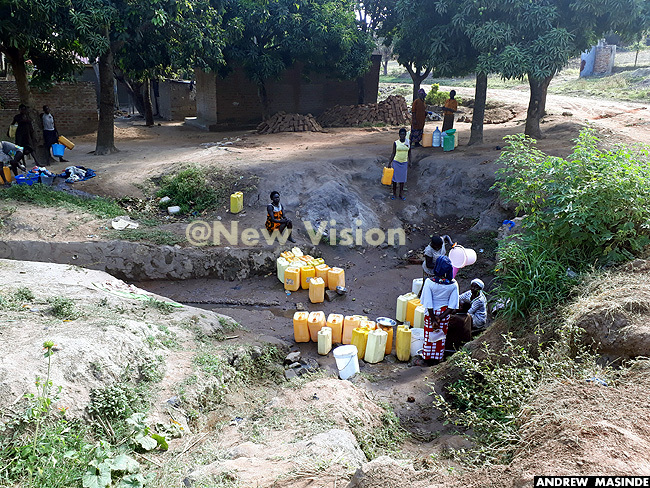 In Arua, residents have to move long distances to get water
In Arua, residents have to move long distances to get water
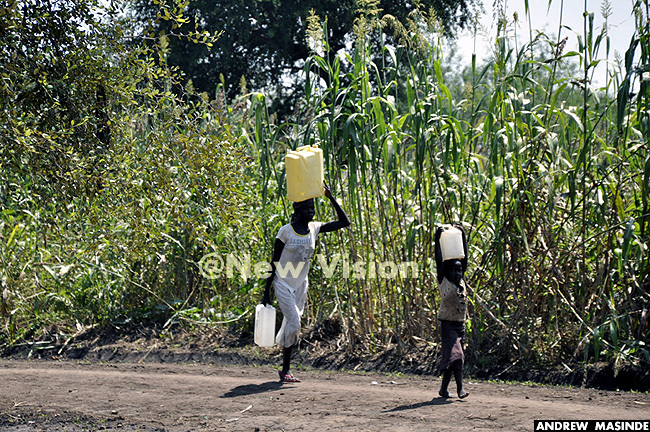
In many developing countries, limited access to clean water has been compounded by pressures from urbanisation, population growth, shock weather events and poor financing and prioritisation of water services.
Globally, the number of people living in water stress is expected to increase beyond the current 60%, with extreme weather brought by climate change, urbanisation, industrialisation and the simple ever-increasing demand for water.
 The struggle is real in Nakaseke South. This borehole serves three villages
The struggle is real in Nakaseke South. This borehole serves three villages
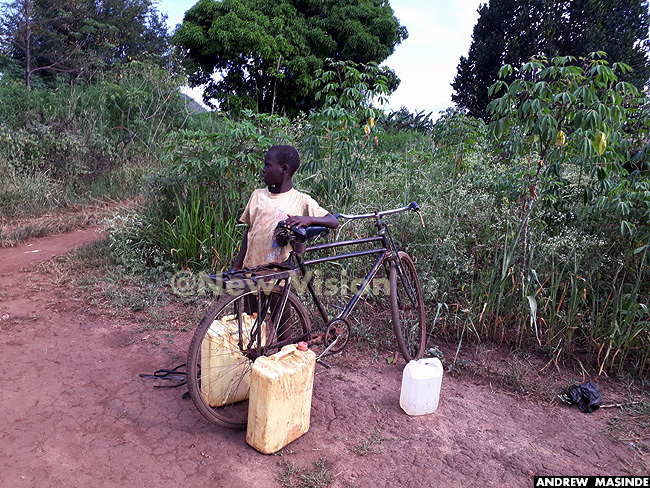 The situation is no different in Kiryandongo
The situation is no different in Kiryandongo
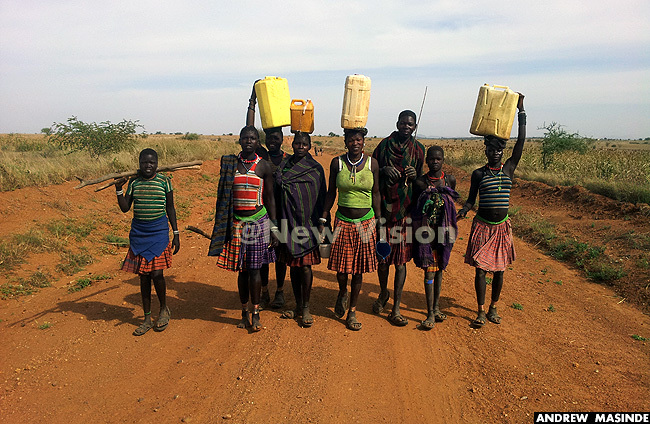 The search for water is a collective responsibility in Kotido
The search for water is a collective responsibility in Kotido